Brochures might seem old-school, but their charm remains undeniable. Even if there are tons of advanced digital marketing tools like email marketing, social media ads, and others, brochure design hold a unique ability to communicate brand stories in a tangible, engaging way.
Think of it as displayed at a reception desk or handed out during an event, there are high chances that it would probably be noticed by your target audience at least once because a well-designed brochure captures attention, conveys information succinctly, and leaves a lasting impression in its prospect’s mind.
We see rapid changes in websites or logo designs and how fast their trends change. It’s the same for brochures too. In order to stay current with the market, as a professional brochure design company or even as a designer, you should equip yourself with the latest advancements and practices for brochure design. This helps you stay visually appealing and effective in communicating your message.
Below, we explore the top 11 brochure design trends for 2025 that will redefine how businesses approach this classic yet impactful marketing tool.
1. Customized Fonts:
Typography research supports the growing trend toward customized fonts in marketing. Studies indicate that font choices significantly impact consumer perceptions, with over 70% of consumers associating unique typography with brand authenticity and professionalism. Research highlights how tailored typefaces enhance readability and engagement, especially when designed to align with the target audience’s preferences.
Additionally, customized fonts evoke emotional responses, shaping how audiences feel about a brand. For instance, bold, clean typography suggests trust and reliability, while decorative styles create a sense of creativity or luxury. This evidence underscores the importance of strategic font design in designing impactful brochures.
2. Pastel Colors:
Utilizing pastel tones, such as soft pinks, baby blues, and gentle greens, means you’re adding a sophisticated yet approachable vibe to your brochures. These delicate colors spread a sense of calmness, making them ideal for businesses operating in the wellness, hospitality, and lifestyle industries. They also have psychological significance, it’s often linked with feelings of nostalgia and peace of mind. These tones delicately guide behavior by reducing stress and creating a sense of safety, which can increase engagement with the content.
These colors also create a cohesive visual experience, encouraging readers to explore the brochure without feeling overwhelmed. Pastel tones radiate modernity and sophistication when used with minimalist layouts, making brochures appear professional and inviting.
3. Vibrant Colors:
While pastels offer subtlety, vibrant colors inject energy into brochure designs. Bright, attention-grabbing hues make essential information pop, drawing the reader’s eye to crucial sections.
Color choices should align with the brand’s identity. For instance, neon accents can highlight key details, while a bold, contrasting palette ensures content remains legible and visually dynamic. Using vibrant tones effectively can elevate engagement, helping brochures make a stronger impact.
4. Breaking the Grid:
Rigid layouts are giving way to fluid, unconventional designs. Breaking the traditional grid allows designers to explore innovative layouts that feel fresh and unexpected.
This trend creates a sense of movement and dynamism, making brochures visually intriguing. Whether through asymmetrical arrangements or overlapping elements, breaking the grid reflects creativity and a willingness to push boundaries—qualities audiences appreciate in modern brands.
5. High-Contrast Highlights:
Contrast is an evergreen design tool, but in 2025, you’ll see a major hike for high-contrast highlights taking center stage. Pairing dark backgrounds with bright text or vice versa helps you come up with a striking visual hierarchy, which guides the readers to easily identify the most important information on the brother within a snap.
This technique also enhances neatness and adds a touch of boldness, making brochures feel modern and impactful. For example, using black-and-white contrasts with a pop of vibrant accent color can create a memorable design.
6. Geometric Shapes:
Experimenting with unconventional shapes—like triangular or circular designs—adds a playful and surprising element to brochures. These designs step away from the predictability of rectangular layouts, engaging the audience’s curiosity.
Non-traditional shapes also align with specific brand personalities. For instance, an adventurous brand might choose angular, dynamic designs, while a creative agency could opt for abstract forms to reflect innovation. Geometric designs leave a lasting impression while challenging the norm.
7. Illustrations:
Illustrations offer a creative alternative to traditional photography. Custom-drawn visuals convey stories in a way that feels artistic and personalized, making brochures more engaging.
This approach is particularly effective for crafting visuals that communicate complex ideas in a simple and engaging way. Unlike stock photos or generic images, custom illustrations can narrate a story or simplify abstract concepts, making them more digestible for audiences. Studies suggest that visuals with unique elements enhance memory retention, ensuring your message stays top-of-mind for longer.
Moreover, illustrations open doors to cultural and emotional connections. Designers can incorporate elements that reflect regional aesthetics or cultural nuances, creating a sense of familiarity and relatability. This strategy can make a brochure feel more personal and inclusive, fostering a deeper bond with diverse audiences.
8. Vintage Aesthetics:
Our memories have a great influence on our behavior and it also adds up to driving our decisions sometimes, that’s the main reason nostalgia remains a powerful tool when it comes to designing. Brochures inspired by retro design elements, like featuring old fonts, muted colors, and distressed textures, put your brand into a place where it is seen as a trusted and reliable source. This connection can be categorized into a psychological phenomenon called the “reminiscence bump,” where people tend to feel more attached to memories or styles from their formative years.
This trend is perfect for brands that are more inclined towards tradition, authenticity, or timeless values. Whether drawing inspiration from the 1920s or 1980s, vintage designs create an emotional connection, helping audiences feel a sense of trust and admiration.
9. 3-D Brochures:
Three-dimensional designs are revolutionizing brochures. By incorporating depth, texture, and perspective, 3-D elements make brochures visually immersive.
This trend is especially relevant for industries that prioritize innovation, such as tech or luxury. Vibrant gradients and shading techniques bring designs to life, creating a tactile experience that leaves a lasting impression.
10. Gradient Accents:
Gradients seamlessly blend colors, adding depth and sophistication to brochure designs. As background elements or overlays, they provide a sense of motion and vibrancy.
Designers can use gradients subtly or boldly, depending on the brand’s identity. For example, soft gradient transitions work well for elegant brands, while bolder gradients can energize more dynamic or youthful brands.
11. Artful Photography:
High-quality, artistic photography elevates brochures beyond generic visuals. Unique compositions, dramatic lighting, and creative angles turn images into storytelling tools.
Artful photography replaces traditional, static images with visuals that evoke emotion and curiosity. When combined with thoughtful layouts and typography, it transforms brochures into captivating works of art.
Conclusion:
So, each of the above trends we discussed is a clear indication of what the future holds for brochures, at least for 2025. It’s specifically going to be all about blending creativity and strategy where businesses need to understand that they can’t succeed with traditional layouts and static designs. Instead, they need to opt for fads that prioritize innovation as well as personalization. From bold gradients to intricate illustrations, these elements are redefining how brands communicate their stories and not just capture attention but also build deeper connections with audiences. Partnering with an experienced brochure design company Dubai ensures these cutting-edge trends are seamlessly integrated. These professionals understand the nitty-gritty of aligning design elements with a brand’s core values, making sure that the final product is both visually stunning and strategically effective.
Brochures, though often underestimated, remain a vital touchpoint in a brand’s marketing arsenal. With evolving trends and expert execution, they continue to deliver measurable impact, bridging the gap between tradition and modernity in marketing.
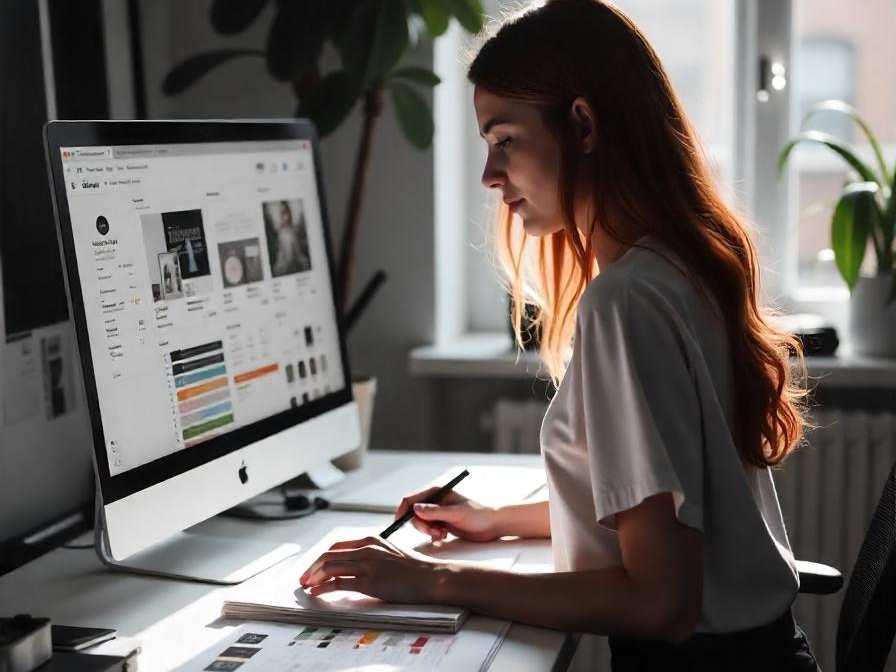

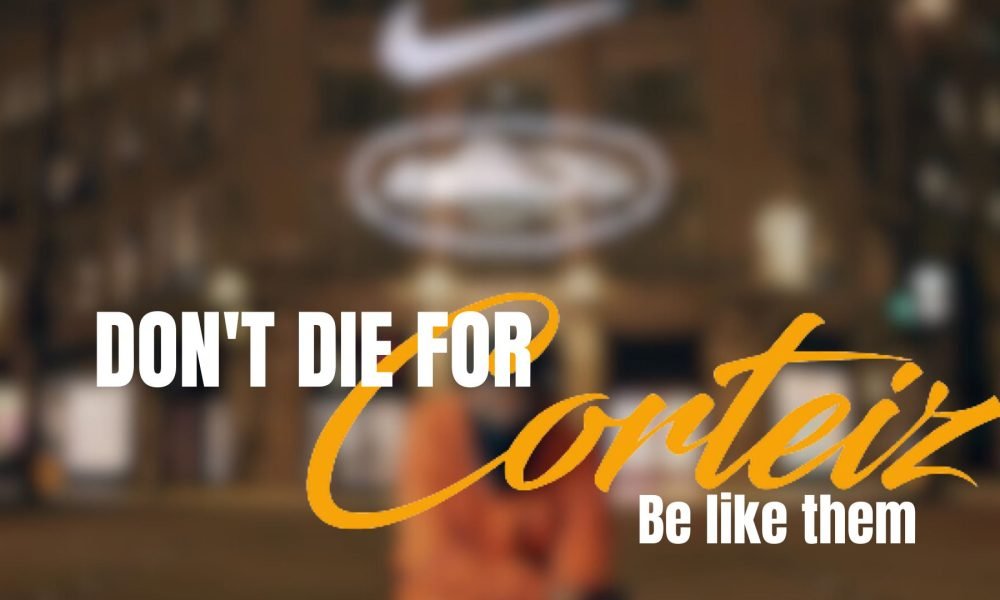


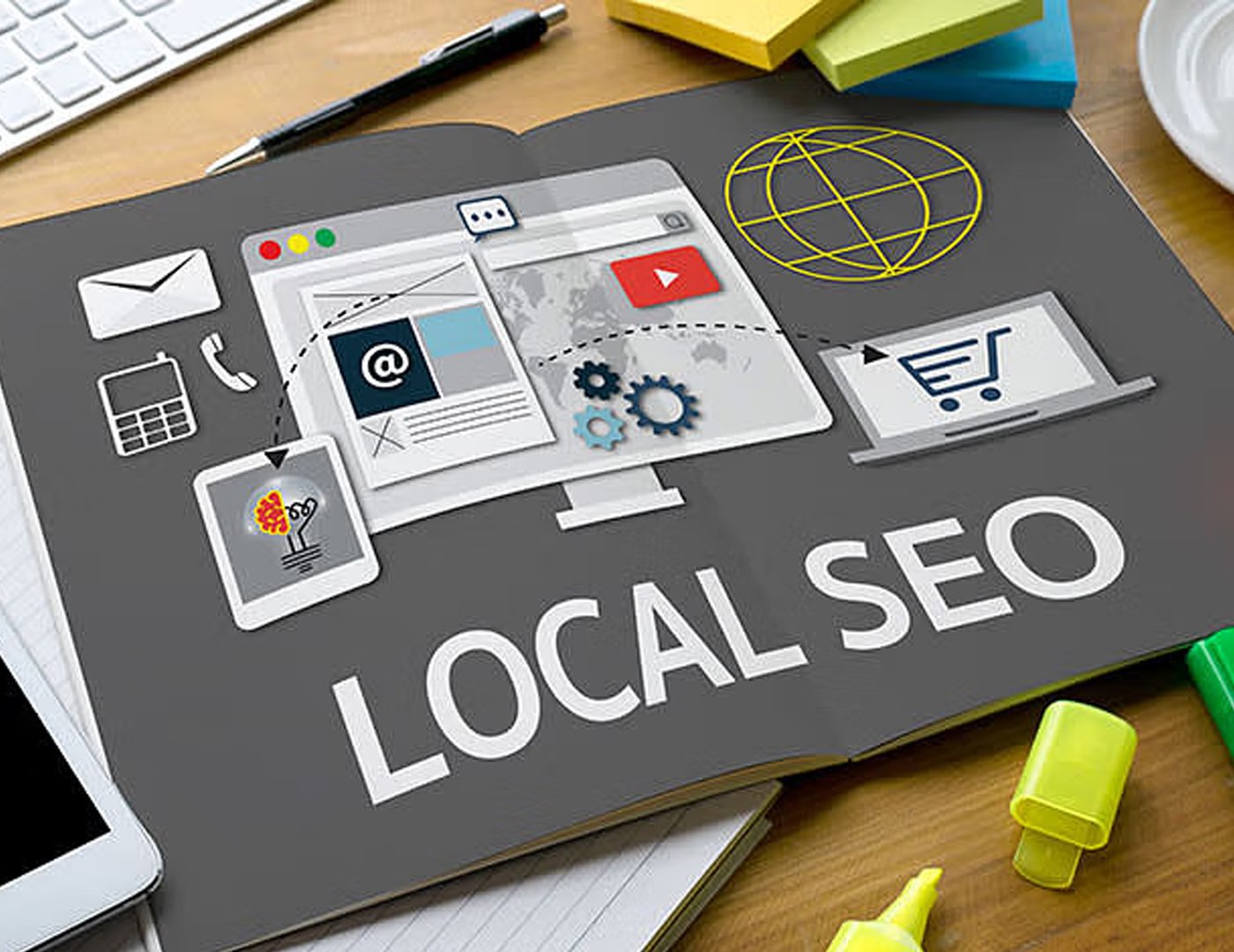
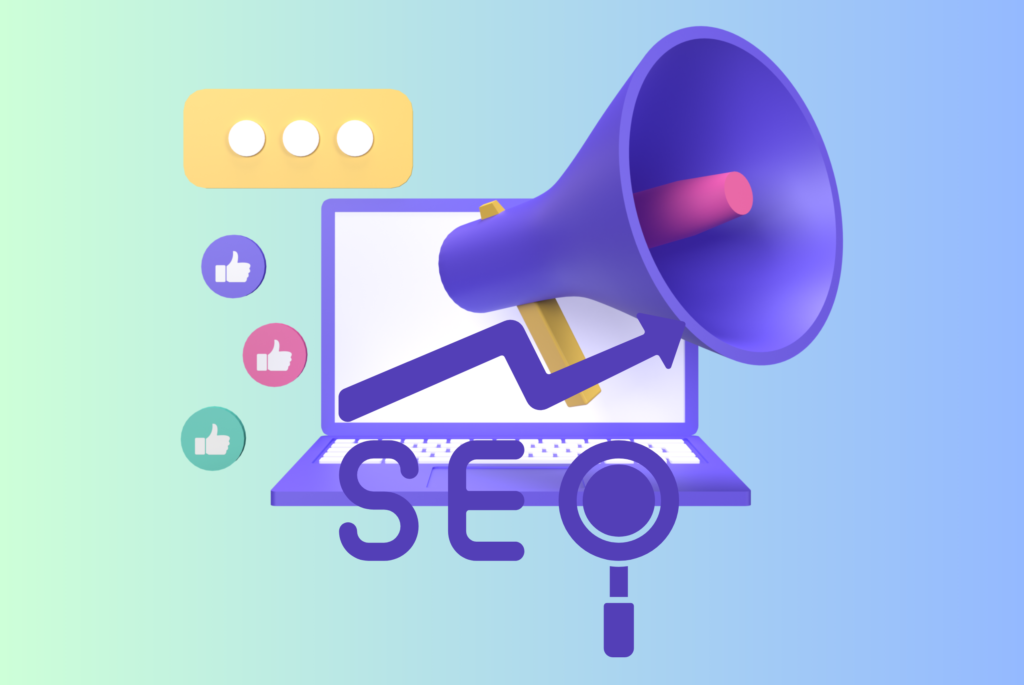
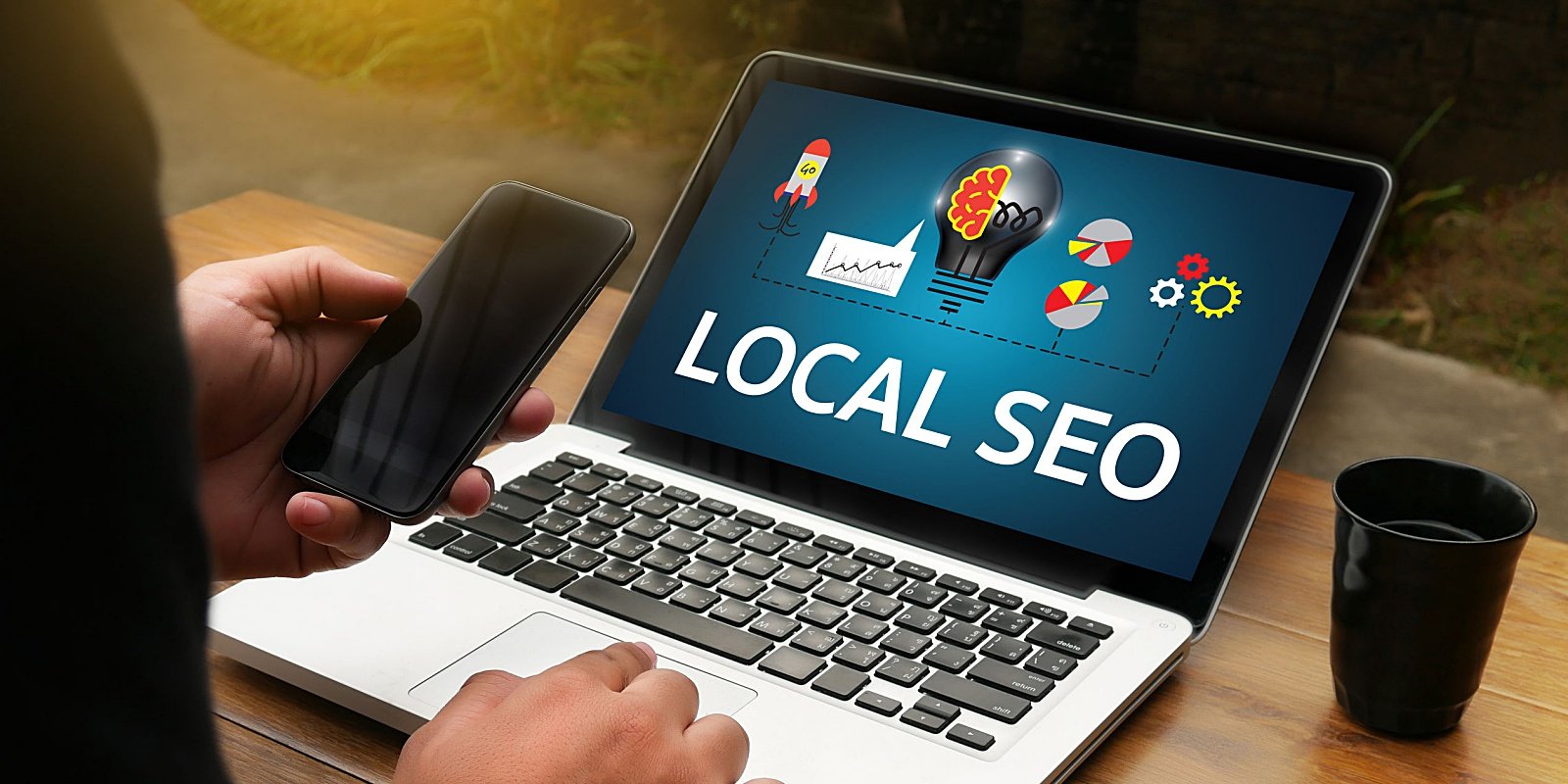


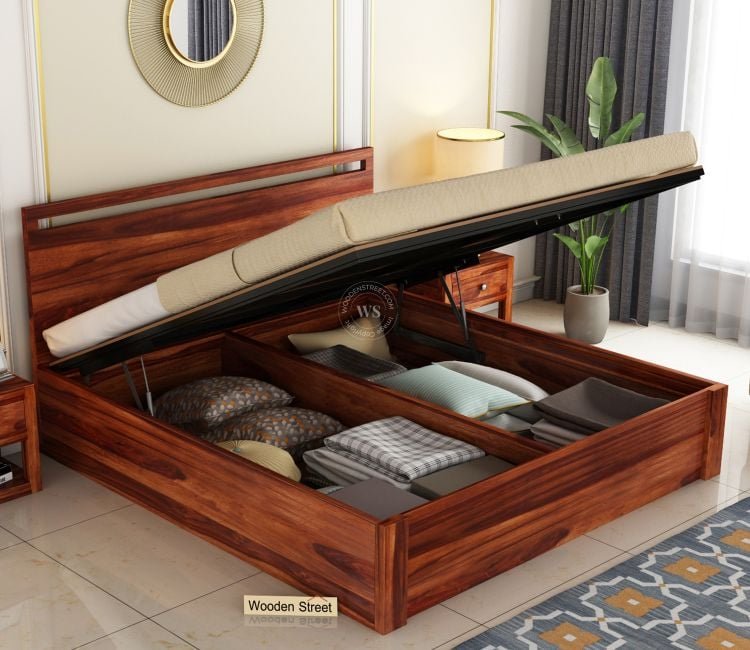

Leave a Reply